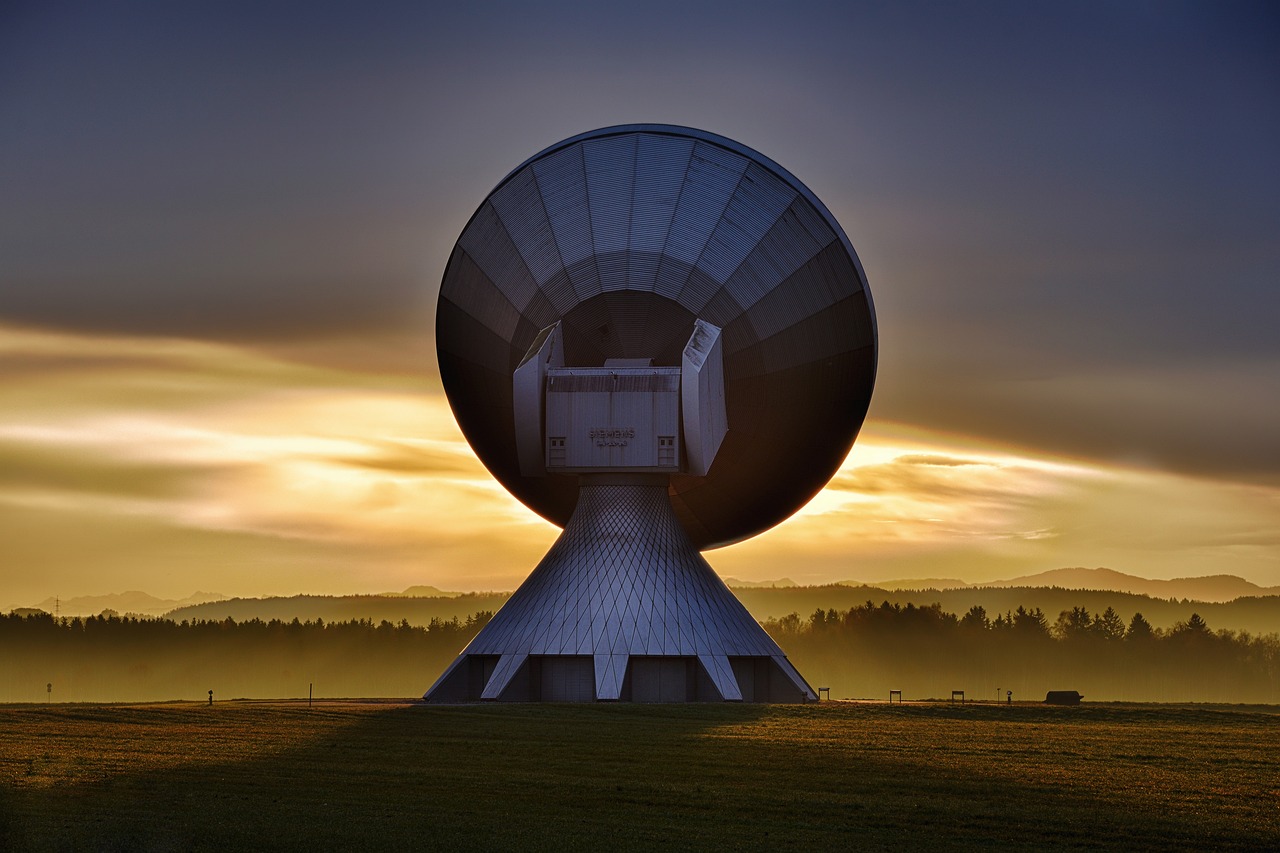Processors, the brains of our digital devices, are constantly evolving, pushing the boundaries of speed and efficiency. Whether you’re a gamer chasing the highest frame rates, a professional editing videos, or simply browsing the web, understanding the core components and specifications of processors is key to choosing the right one for your needs. This blog post dives deep into the world of processors, exploring their architecture, performance metrics, and practical considerations for making informed decisions.
What is a Processor and Why is it Important?
The Central Processing Unit (CPU) Defined
The Central Processing Unit (CPU), often referred to as the processor, is the primary component of a computer that interprets and executes instructions. It acts as the command center, coordinating all the other hardware and software components to perform tasks. Essentially, it’s the engine that drives your computer, smartphone, or any other device requiring computational power.
The Role of the Processor in System Performance
A powerful processor translates directly to faster application loading times, smoother multitasking, and an overall more responsive user experience. A slow or outdated processor can become a bottleneck, hindering the performance of other components like RAM and the graphics card. Consider the CPU’s performance when experiencing slow program loading times, stuttering video playback, or lag during gaming.
- Example: A graphic designer working with large image files will benefit greatly from a processor with a high core count and clock speed, enabling faster rendering and smoother editing. Conversely, someone primarily using their computer for basic word processing and web browsing may not need such a powerful (and potentially expensive) CPU.
- Takeaway: Choosing the right processor is crucial for optimizing system performance based on your specific needs and workload.
Understanding Processor Architecture
Cores: The More, The Merrier?
A core is an independent processing unit within a single CPU. Modern processors often feature multiple cores, such as dual-core, quad-core, hex-core, and even more. Each core can handle a separate stream of instructions simultaneously, enabling parallel processing.
- Benefits of Multiple Cores:
Improved multitasking capabilities
Faster execution of multi-threaded applications
Enhanced performance in demanding tasks like video editing and gaming
- Example: Running multiple applications simultaneously (e.g., a web browser, a music player, and a document editor) will benefit from a multi-core processor, as each application can be assigned to a separate core.
Clock Speed: The Heartbeat of the Processor
Clock speed, measured in GHz (Gigahertz), represents the number of cycles the processor can execute per second. A higher clock speed generally translates to faster performance. However, clock speed alone doesn’t tell the whole story. Architecture and core count also play significant roles.
- Caveats of Relying Solely on Clock Speed:
Processors with different architectures may perform differently even with the same clock speed.
A multi-core processor with a lower clock speed might outperform a single-core processor with a higher clock speed in multi-threaded tasks.
- Example: A modern AMD Ryzen processor with a 3.7 GHz clock speed might outperform an older Intel Core processor with a 4.0 GHz clock speed due to architectural improvements.
Cache: The Processor’s Short-Term Memory
Cache is a small, high-speed memory located within the processor. It stores frequently accessed data, allowing the CPU to retrieve it much faster than accessing the main system memory (RAM). Processors typically have multiple levels of cache (L1, L2, and L3), each with varying sizes and speeds.
- Importance of Cache:
Reduces latency and improves overall responsiveness.
Minimizes the need to access slower RAM.
- Example: When you repeatedly access the same website or file, the data is stored in the cache, allowing for faster loading times.
Key Processor Specifications to Consider
Socket Type: Ensuring Compatibility
The socket type refers to the physical connector on the motherboard that accommodates the processor. It’s crucial to ensure that the processor you choose is compatible with your motherboard’s socket. Using an incompatible processor can damage both the CPU and the motherboard.
- Common Socket Types:
Intel: LGA 1700, LGA 1200
AMD: AM5, AM4
- Tip: Always consult your motherboard’s specifications to determine the compatible socket types before purchasing a processor. Websites like PCPartPicker can also assist in ensuring compatibility.
Thermal Design Power (TDP): Power Consumption and Cooling
TDP (Thermal Design Power) represents the maximum amount of heat the processor is expected to generate under typical workload conditions, measured in Watts. A higher TDP indicates higher power consumption and the need for a more robust cooling solution.
- Considerations for TDP:
Choose a cooling solution (e.g., CPU cooler, liquid cooler) that is rated to handle the processor’s TDP.
Ensure your power supply unit (PSU) has sufficient wattage to power the processor and other components.
- Example: A processor with a TDP of 125W will require a more powerful cooler than a processor with a TDP of 65W.
Integrated Graphics (iGPU): Graphics Processing on the CPU
Some processors come with integrated graphics, which allow you to run basic graphical tasks without a dedicated graphics card. This can be a cost-effective solution for general computing tasks, but it’s not ideal for demanding games or professional graphics work.
- Benefits of Integrated Graphics:
Reduces overall system cost.
Lower power consumption compared to dedicated graphics cards.
- Limitations of Integrated Graphics:
Lower performance compared to dedicated graphics cards.
Limited support for advanced graphics features.
- Example: For tasks like web browsing, document editing, and watching videos, integrated graphics may suffice. However, for gaming or video editing, a dedicated graphics card is recommended.
Choosing the Right Processor for Your Needs
Gaming Processors: Prioritizing Speed and Cores
For gaming, a processor with a high clock speed and at least 6 cores is generally recommended. While more cores can be beneficial in some games, single-core performance is often more crucial.
- Recommended Processors:
Intel Core i5 or i7 series (e.g., i5-13600K, i7-13700K)
AMD Ryzen 5 or Ryzen 7 series (e.g., Ryzen 5 7600X, Ryzen 7 7700X)
- Tip: Pair your processor with a high-end graphics card to maximize your gaming experience.
For very high refresh rate gaming and high resolutions it’s important to look at the gaming benchmarks for a CPU rather than just the general specs, as CPU bottlenecking becomes more prevalent at higher frame rates.
Content Creation Processors: Emphasizing Multitasking and Core Count
For content creation tasks like video editing, graphic design, and 3D modeling, a processor with a high core count and strong multi-threading capabilities is essential. These tasks often benefit from parallel processing, allowing the CPU to handle multiple operations simultaneously.
- Recommended Processors:
Intel Core i7 or i9 series (e.g., i7-13700K, i9-13900K)
AMD Ryzen 7 or Ryzen 9 series (e.g., Ryzen 7 7700X, Ryzen 9 7950X)
- Tip: Invest in sufficient RAM (at least 16GB, preferably 32GB or more) to complement your processor and ensure smooth performance.
For content creation, more cores and threads often mean less time spent waiting for tasks to render.
Budget Processors: Balancing Performance and Cost
If you’re on a tight budget, there are still excellent processor options that offer a good balance of performance and cost. These processors are suitable for general computing tasks like web browsing, office work, and light gaming.
- Recommended Processors:
Intel Core i3 series (e.g., i3-12100)
AMD Ryzen 3 or Ryzen 5 series (e.g., Ryzen 3 4100, Ryzen 5 5600G)
- Tip: Consider purchasing a used or refurbished processor to save even more money.
Integrated graphics in budget CPUs can be good enough for less demanding tasks and offer the ability to skip purchasing a dedicated graphics card initially.
Conclusion
Choosing the right processor involves understanding its architecture, specifications, and how they relate to your specific needs. By carefully considering factors like core count, clock speed, TDP, and socket type, you can make an informed decision that maximizes performance and value. Whether you’re a gamer, content creator, or casual user, selecting the appropriate processor is crucial for ensuring a smooth and efficient computing experience. Remember to research, compare options, and read reviews before making your final purchase.
Read our previous article: Beyond Borders: Unlocking Global Talent Through Remote Hiring
For more details, visit Wikipedia.




